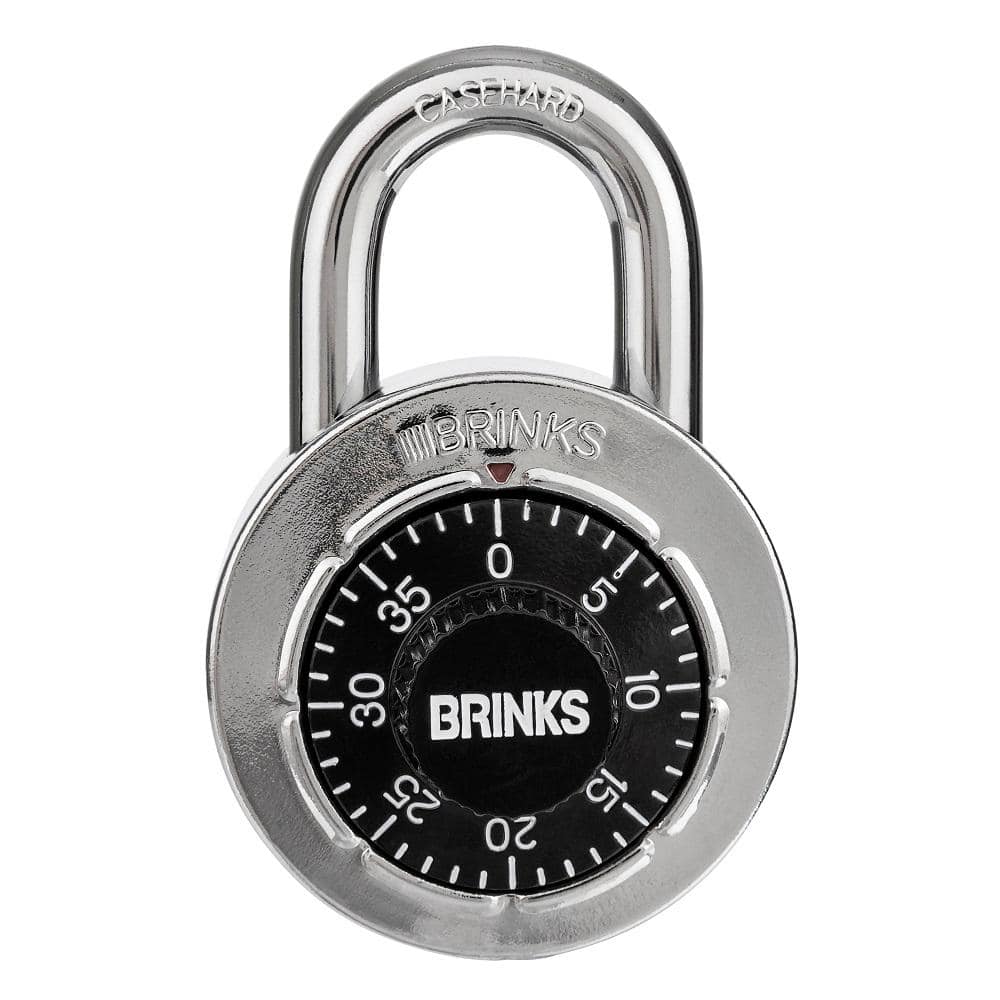
Attached to a small box, it featured several dials instead of keyholes. The earliest known combination lock was excavated in a Roman period tomb on the Kerameikos, Athens. When the toothed pin is inserted and the discs are rotated to an incorrect combination, the inner faces of the discs block the pin from being extracted. The other side of the lock, or the other end of the cable, has a pin with several protruding teeth. The discs are mounted on one side of the lock, which may in turn be attached to the end of a chain or cable.

The notches on the disc correspond to the numerals in the correct combination. Unlike ordinary padlocks, combination locks do not use keys.Įxploded view of the rotating discs. Types range from inexpensive three-digit luggage locks to high-security safes. The sequence may be entered using a single rotating dial which interacts with several discs or cams, by using a set of several rotating discs with inscribed symbols which directly interact with the locking mechanism, or through an electronic or mechanical keypad. ( Learn how and when to remove this template message)Ī combination lock is a type of locking device in which a sequence of symbols, usually numbers, is used to open the lock. JSTOR ( June 2009) ( Learn how and when to remove this template message).Unsourced material may be challenged and removed.

Please help improve this article by adding citations to reliable sources. This article needs additional citations for verification.


 0 kommentar(er)
0 kommentar(er)
